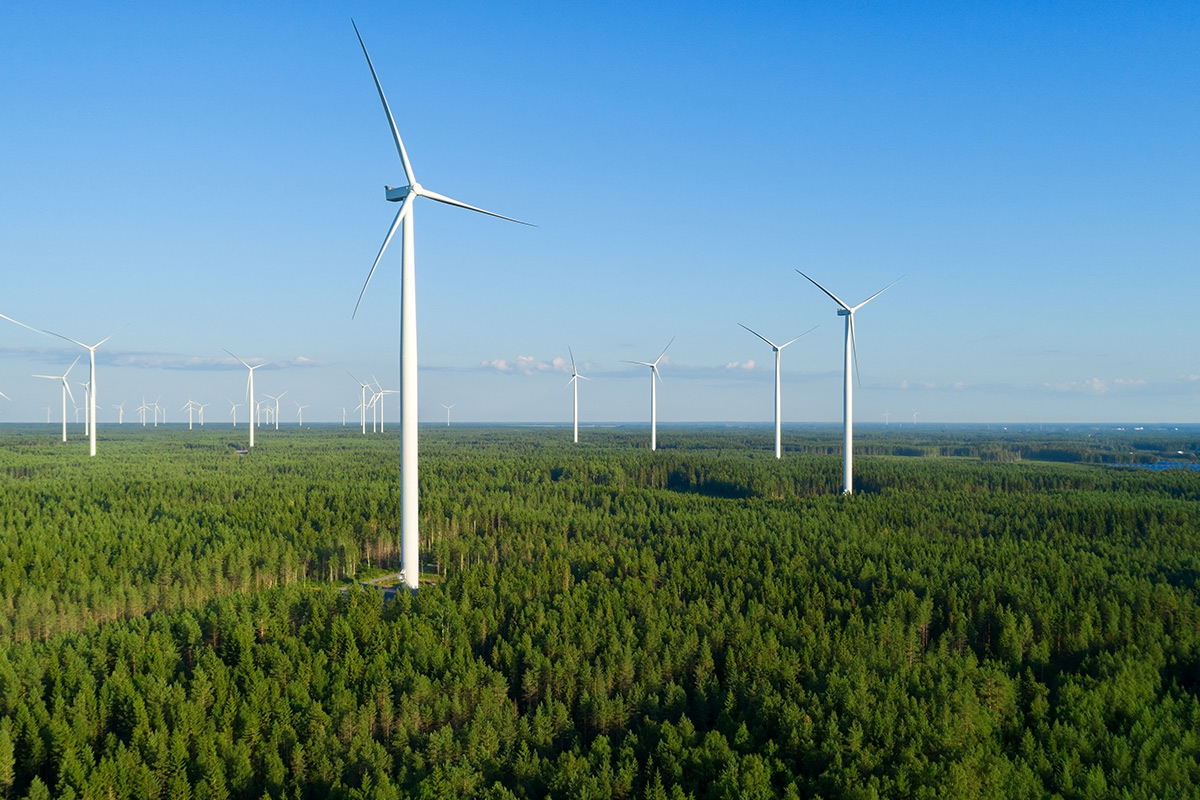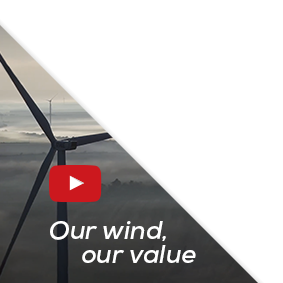14 January 2021
Germany: Latest Renewables Law will hold back expansion of onshore wind

Wind was 27% of German net electricity last year. And renewables in total were over 50%. But changes to the Renewables Law threaten to undermine the progress renewables are making – and in particular hold back the expansion of onshore wind which is central to Germany meeting its climate and energy goals.
Renewables were 50.5% of Germany’s net electricity production in 2020. And wind was resilient despite COVID. Onshore wind produced 103 TWh, 3.5% more than 2019. Offshore produced 27 TWh, 11% up on 2019. Output from power plants was down 12%. The final net electricity mix was: wind (27%), lignite (17%), nuclear (13%), gas (12%), solar (11%), biomass (9%), hard coal (7%), others (4%).
All perfect for wind energy in Germany? Not quite.
EEG2021: Threatening to undermine progress
Germany revised its Renewable Energy Act (EEG) in December 2020 and the new Act (EEG2021) entered into force on 1 January. It includes new challenges for wind energy development and some regrettable last-minute changes. Many important reforms including measures to simplify permitting have been postponed.
EEG2021 defines the auction volumes for onshore and offshore wind for the next 10 years, it also allows the German regulator, the Bundesnetzagentur (BNetzA), to reduce auction volumes whenever they see a risk that an auction is going to be undersubscribed. This goes completely against certainty and visibility, sends a negative signal to investors and could seriously undermine the expansion of onshore wind. No other country in Europe has such an arbitrary mechanism for late adjustments to auction volumes.
EEG2021 introduces a transitional arrangement which will allow 40% of turbines that have reached 20 years to keep receiving a feed-in tariff. There’ll be a tender process to select the 40% – details will emerge soon. This will allow some operators to extend the lifetime of their turbines until the Government has a repowering strategy. But there is nothing in the new Act to support repowering. Germany like all EU Member States has until June this year to set a one-year deadline for permitting decisions on repowering – under the terms of the EU Renewables Directive. Germany has not set this deadline yet. They must act fast: nearly 4 GW of onshore wind reaches 20 years this year and at least 2 GW a year thereafter.
There is very little in the new Act that supports the implementation of the Government’s 18-point plan for the simplification of permitting of onshore wind that the Government announced back in 2019. Progress on this has been slow. A Resolution adopted alongside the Act at least leaves the door open for further improvements early this year. We will be urging the Government to act here.
Finally the Act sticks with the current onshore wind target for 2030 of 71 GW – up from 55 GW today. And it doesn’t change the Government’s very conservative assumptions for electricity demand for 2030. The latter take no account of increased electricity demand as a result of electrification of transport, heating and industry. It’s largely because of this that the Government can claim they’re on track for their 65% renewable electricity target by 2030. But electrification is happening, so the electricity demand assumption is wrong. Germany will need more wind to deliver its current 65% renewable energy target. Not to mention what they will need to contribute to the higher EU renewables target that will emerge this year now the EU has raised its 2030 CO2 reduction goal from 40% to 55%.
“The German Government’s latest changes to its Renewables Law are really disappointing. They’ve stuck with an unambitious goal for the expansion of onshore wind. And worse still they’ve allowed the regulator to arbitrarily cut the auction volumes if they think an auction is going to be undersubscribed. No other country does this. It flies in the face of certainty, visibility and investor confidence. Plus they’ve failed to advance the implementation of their 18 point plan to simplify the permitting of onshore wind. And they’re failed to devise a strategy for repowering the large number of wind farms now reaching end of life. Put all this together, and the new law seriously undermines the chances of Germany meeting its 2030 renewable electricity target”, says Giles Dickson, CEO of WindEurope.
“There are one or two positive elements. Federal and State Governments will work to find more sites for new projects, in all regions of Germany. The new law also points to more financial participation of local communities in wind farms. It also tries to tackle the system integration of renewables. But by reducing the feed-in payments when spot market prices go negative, it increases financial risks for investors and makes wind energy less attractive”, says Giles Dickson.
Permitting – light at the end of the tunnel?
The main bottleneck for new onshore wind in Germany has long been the complex permitting rules and procedures. It takes too long to get a permit. And too many permits then get appealed in the courts. This slows things down, increases costs and deters people from developing projects.
The Government understands the problem and adopted an 18-point plan to improve permitting in October 2019. Some improvements have been made – and the volume of permits went up and the last auction was for once fully subscribed. During the first nine months of 2020, a total of 2,026 MW was permitted. But this is still 33% less than the 2014-2016 average and certainly not enough to reach Germany’s renewables targets.
“The Government promises many additional reforms in the first quarter of 2021. They must finally implement the 18-point plan for permitting. Even relatively simple conflicts remain unsolved, as an analysis by German Wind Energy Association BWE showed. And the Government should take back the proposed auction design including the gatekeeping role of the BNetzA. It is not helpful.”, says Giles Dickson.


